If you live in the EU and are looking for a bass saxophone, then Vintage Saxophones has what I would suggest to you, is one of the most desirable on the planet: a Keilwerth SX90 bass sax.

Although Vintage Saxophones does not provide a serial # of the bass, they do state the horn is circa 2005. And if you compare the photos of it, to the photos of my Couf Superba I from 1983, I challenge you to find many significant differences. I found 1 at first glance. How about you?
Vintage Saxophones describes this consignment horn as follows:
A very interesting, rare commission sale. Get your low notes on!!
Certainly a saxophone you don’t see every day! Perfect for those lowest parts in the saxophone choir idiom, the bass line in a 1920’s band or as a specialist solo instrument. The keilworth [sic] name speaks for itself in terms of build quality, reliability, projection and power. This is a real ground shaker of a saxophone!
This lovely Gold lacquer bass sax has been well used but well looked after and used mainly for saxophone choir playing. The sling hook has been moved to give a better balance in playing position. This bass is about 15 years old and in very good condition, just the smallest scratches and minor dents – nothing that has required repair or affects playability. It is supplied with a used Selmer S80 C* mouthpiecec2005
Price: £11750.00
Year: 2005 approx
Case Supplied: Original Case
In case you’re wondering about the price, xe.com showed that to be $15,938.67 US at the time of writing. Of course that could be vastly different depending on when you read this and check the xe.com link. 😉
A significant difference between the SX90 bass sax and the Couf Superba I
As noted above, I immediately noticed a difference between my Couf Superba I—which is a stencil of the Toneking Special—and this approx. 20 year newer Keilwerth SX90. In order to understand the importance of these differences however, let’s take a quick look at Keilwerth’s inspiration for their bass saxophone: vintage American bass saxophones—specifically, the Conn New Wonder.
Compared to their short-wrap French cousins, vintage American bass saxophones are known for their bigger, fatter, more sonorous sound. However, there are certain inherent problems with the design of these vintage horns that require bass saxophone players to use alternate fingerings to play certain notes. Specifically, D2, C2, and C3 are prone to poor intonation and sound due their venting, which is why bass players tend to play C2 and C3 with their side C key. D2 is most commonly played in one of two ways: 1. Either using the D3 key as a vent as opposed to the octave key, or with the D3 key sans octave key.
Here are the most common vintage American bass saxophones makes: the Buescher True Tone and the Conn 14M. Note both only have 2 octave vents.
My Couf Superba I also only has 2 octave vents. However, the first time I play-tested it, I noted how easy the problematic notes were to play.
The C2, C3, and D2 spoke with no difficulty whatsoever. In under an hour of playing the horn, I was able to play the entire range of the it in tune. It was quite remarkable.
When the Couf was in the shop getting what I refer to as an overhaul light, I noticed that octave vent nearest the upper bow has a much larger opening than the one nearest the socket. This is very different than what my Buescher True Tone had.
Despite the fact that they only make at the most 3 of these handmade instruments per year, Keilwerth definitely did improve on the design of their basses over the years.
If you compare simply the number of vents on my Couf to those on the SX90, we immediately see a difference.
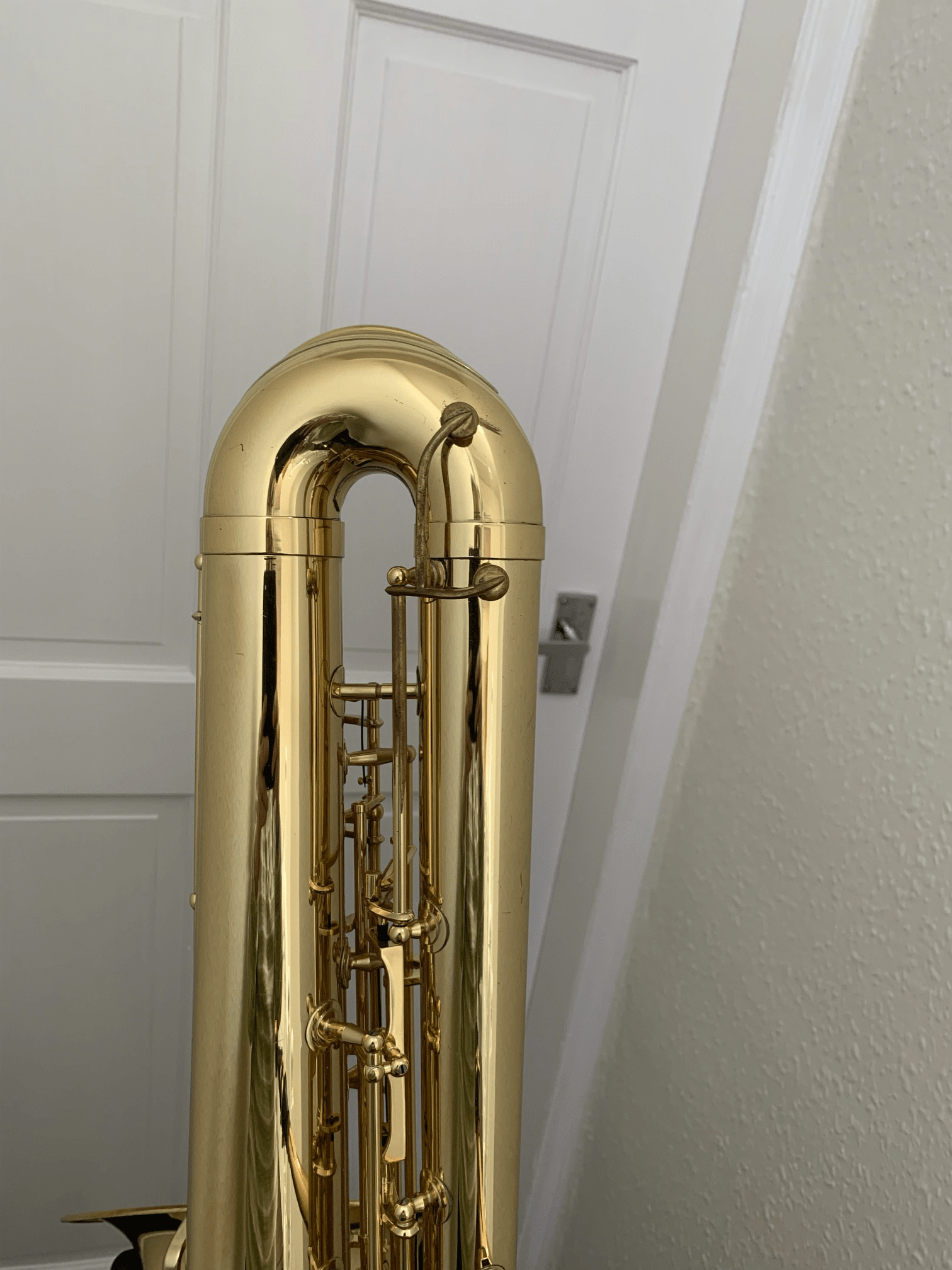
The Keilwerth SX90 bass sax circa 2005, has 2 vents near/in the upper bow. This would improve the venting of the problematic notes even more than the enlarged hole present on the Couf Superba I/Toneking Special.
Speciality shop drawing on the Keilwerth knowhow
In 2021, Curt Altarac from Music Medic, began a project that caught the eye of many bass saxophone players on the internet. He began customizing a Jinyin-made bass saxophone to ultimately develop his own Professional Wilmington Bass Saxophone. As we watched all the exciting things he was doing as he developed the customizations, the one thing that caught everyone’s eye was the extra venting he was adding to the horn.
This is the venting Curt added to the bass near the upper bow. The image on the left was Curt’s prototype. The image on the right is the current production model of the Professional Wilmington Bass Saxophone.
My understanding is that Curt can add what Music Medic describes as their “proprietary and revolutionary Altarac Vent”, to vintage American bass saxophones when they come in for overhauls. If this is something that interests you, I encourage you to contact Music Medic to find out more.
Getting back to the Keilwerth SX90 bass sax
If getting your hands on one of the rarest—approx 150 JK basses exist—and easiest to play, bass saxophones in the world is of interest to you, I suggest you reach out to the good people at Vintage Saxophones sooner rather than later. I don’t imagine this baby is going to be for sale long.
I know nothing about the company, and don’t know if they will ship it. The fact is, shipping is always quite risky. That’s why this horn will be of special interest to people in the UK and mainland Europe.

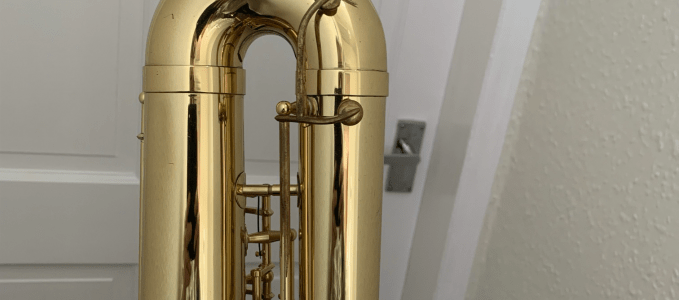
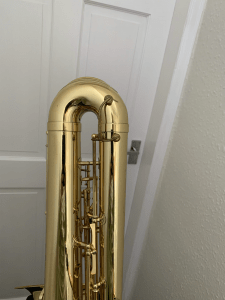


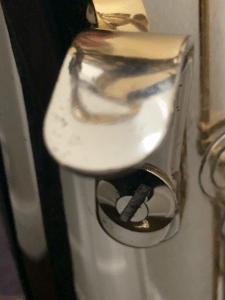
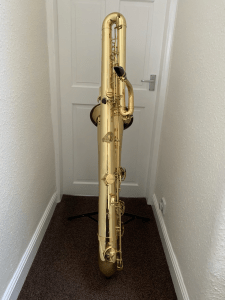
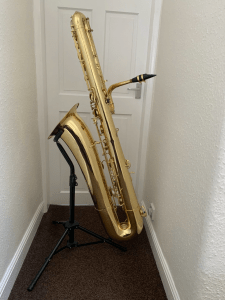
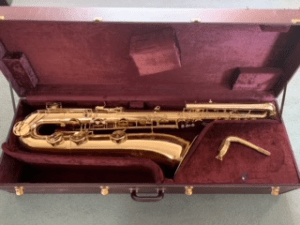
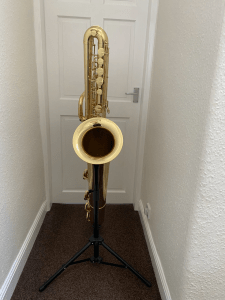
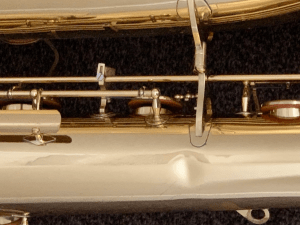
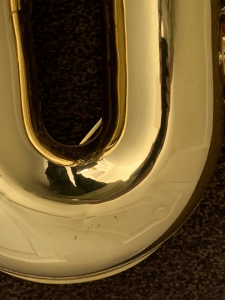
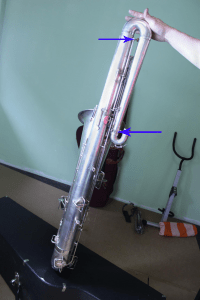

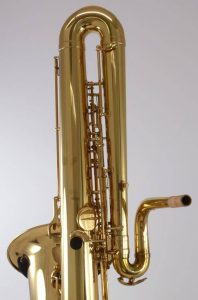

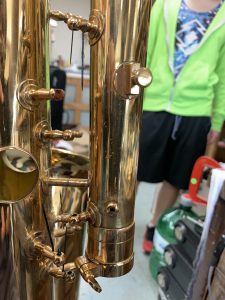
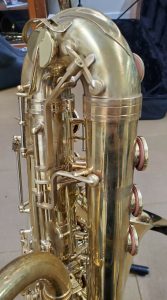
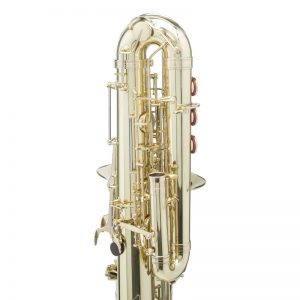



I have an identical Keilwerth SX90 Bass Sax for sale here in Canada! Mine has ABSOLUTELY NO DENTS or DINGS! I’ll sell mine for $15,000 CAD or best offer. Feel free to contact me via http://www.royalcitysax.com.
Cheers,
-Ernie.
Why are you selling your SX90 bass Ernie? What’s up with that?
Everything is for sale! Our Royal City Saxophone Quartet has been in-limbo with no concerts, engagements, recordings since just before the Covid-19 Pandemic. So I’m “casually” offering our gorgeous Keilwerth Bass Sax for sale for the best *reasonable* offer. Pickup only in the Toronto area. Occasionally I drive between KW/Guelph area and Ottawa too.